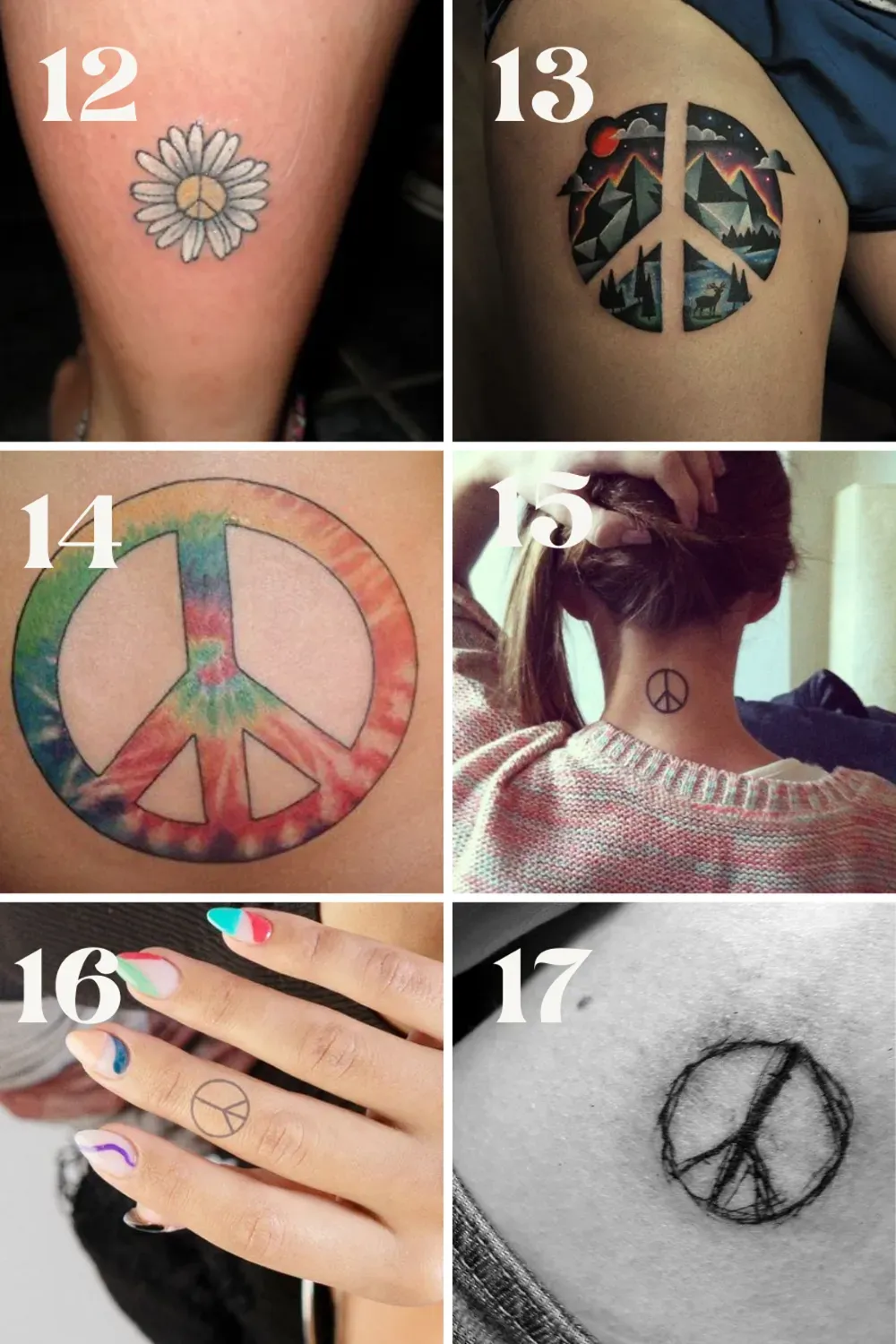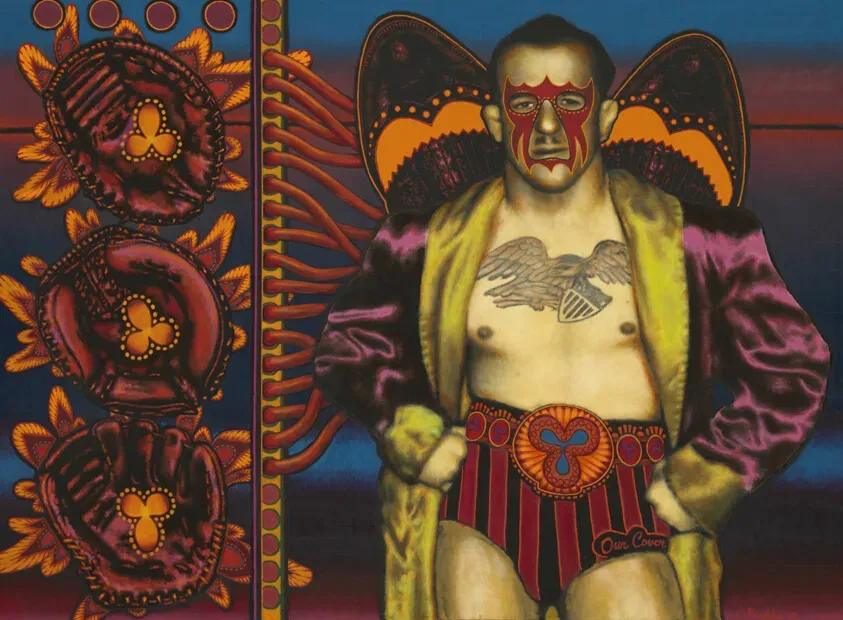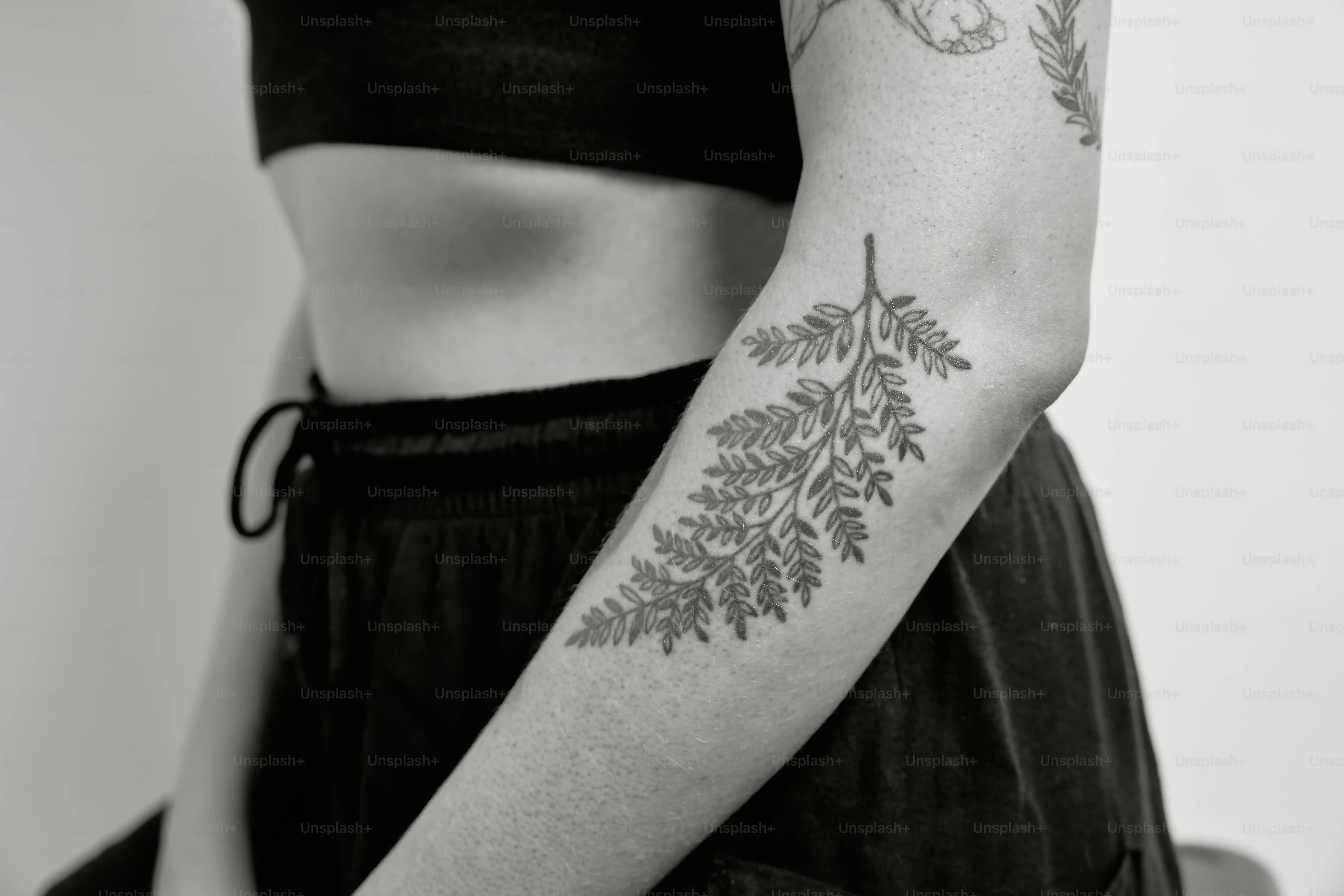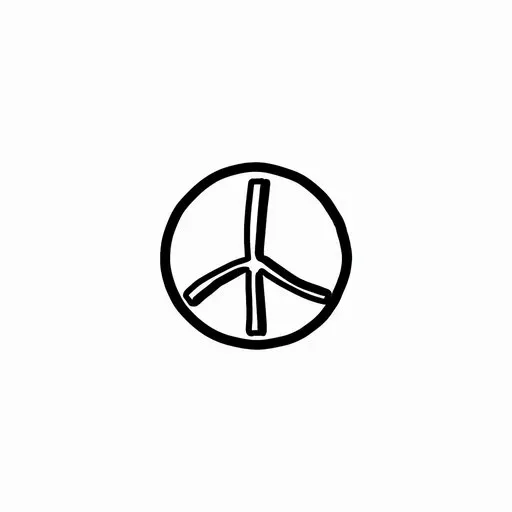Table of Contents
Searching for a tattoo that carries real weight? Something that speaks to calm, hope, or maybe just a quiet refusal to engage with the chaos? Peace tattoo designs are a classic choice, but the landscape of options is far richer than you might think. It's more than just the universally recognized symbol; artists are constantly innovating, blending traditional motifs with modern styles. Your skin is a canvas, and a peace sign, in its many forms, can be a powerful statement or a deeply personal emblem. Forget scrolling through endless generic images. We're going to unpack the different kinds of peace tattoo designs available, spark some ideas for unique twists, consider the best spots on your body for this kind of ink, and walk you through the practical steps of getting it done. By the end, you'll have a clearer picture of how to make a peace tattoo design truly yours.
Exploring Different Peace Tattoo Designs
Exploring Different Peace Tattoo Designs
The Enduring Power of the Classic Symbol
When most people picture peace tattoo designs, they see the classic symbol: a circle with a vertical line down the middle and two diagonal lines extending from the center. Gerald Holtom designed this in 1958 for the Campaign for Nuclear Disarmament, and it quickly became a universal emblem. Artists render this simple shape in countless ways now.
You see minimalist outlines, bold black fills, or versions incorporating dot work or geometric patterns within the lines. Some choose a distressed look, as if the symbol is weathered or etched into stone. The size and placement drastically change the feel; a small, delicate outline on a wrist whispers, while a large, shaded version on a back shouts a message.
Adding Layers: Combining Elements
Many people want their peace tattoo designs to tell a more complex story. They integrate the peace sign with other imagery to deepen the meaning. Doves are a common partner, representing peace and purity, though this pairing can feel a bit expected to some.
Olive branches, with their ancient ties to peace treaties, offer a more subtle, historical nod. Flowers like lotuses, often symbolizing purity and rebirth in various cultures, or simple daisies can add softness and connection to nature. Hands forming or holding the symbol can represent a personal commitment to peace or unity.
- Olive Branches: A classic, historical addition.
- Doves: Common, but consider if it feels too cliché for you.
- Flowers (Lotus, Daisy, etc.): Add beauty, nature, or cultural meaning.
- Hands: Signify personal action or unity.
- Geometric Patterns: Can add structure, complexity, or a modern feel.
Finding Peace Beyond the Familiar
Not all peace tattoo designs rely on the standard symbol. Other images and concepts carry powerful connotations of tranquility and harmony. Consider symbols from different cultures that represent peace or calm states of being.
Japanese paper cranes, for example, became a potent symbol of peace and hope after World War II. Abstract designs using flowing lines, calm water motifs, or depictions of serene natural landscapes can also convey a deep sense of peace without using the specific glyph. Sometimes, a simple word or phrase in elegant script is the most direct way to state your intention.
Beyond the Circle: Creative Peace Tattoo Design Ideas
Beyond the Circle: Creative Peace Tattoo Design Ideas
Thinking Outside the Standard Peace Sign
Alright, so the classic peace symbol is iconic, we get it. But maybe you want something that feels a bit less... expected? Peace tattoo designs don't have to be limited to that circle and lines. Consider abstract representations of calm. Think about flowing water, like ripples or a calm pool, which often signifies tranquility and letting go. Or maybe minimal geometric patterns that create a sense of balance and order. Sometimes, the absence of chaos is the most powerful statement.
Look into symbols from cultures historically associated with peace or healing, but maybe aren't mainstream tattoo fodder. Just do your homework first; cultural appropriation is not a good look. You could explore concepts like 'Sisu' from Finland (representing resilience and determination in the face of adversity, a different kind of inner peace) or the Adinkra symbol 'Dwennimmen' from Ghana (symbolizing humility and strength, another angle on finding peace within).
Mixing Styles and Unexpected Twists
Why stick to one style when you can mash them up? Take a traditional peace symbol and render it in a neo-traditional style with bold lines and saturated colors. Or apply a watercolor effect, making the symbol seem like it's dissolving into soft hues, suggesting peace is fluid and ever-present. A dot work or blackwork approach can give the symbol a grounded, earthy feel, contrasting with its airy meaning.
You could also incorporate unexpected elements. Imagine the peace symbol formed by entangled roots, speaking to finding peace in nature or your origins. Or perhaps the symbol subtly hidden within a larger, complex geometric mandala, suggesting peace is the underlying structure of the universe (or at least, your personal universe). The goal here is to make someone look twice and think, "Oh, that's clever."
- Watercolor wash for a fluid look.
- Dot work or blackwork for texture and depth.
- Neo-traditional style with bold colors.
- Geometric patterns integrated into the symbol.
- Hidden within larger designs (like mandalas).
Making it Personal: Story and Symbolism
The best peace tattoo designs aren't just pretty pictures; they carry personal weight. What does peace mean to *you*? Is it overcoming a struggle? Finding calm after a storm? A commitment to non-violence? Your design can reflect that story. Maybe incorporate elements that represent a personal challenge you've overcome – a thorny vine wrapping around the peace symbol, with the symbol itself remaining untouched. Or include a small detail that represents a loved one who embodies peace for you.
Think about the context of where you found peace, too. If nature is your sanctuary, perhaps the peace symbol is formed by branches, leaves, or even constellations if the night sky brings you calm. Don't be afraid to work closely with a skilled tattoo artist. A good one won't just copy a design; they'll listen to your story and help translate your unique concept of peace into ink on your skin. That's where the real magic happens.
Finding the Right Spot: Placement for Your Peace Tattoo
Finding the Right Spot: Placement for Your Peace Tattoo
Where Everyone Can See (Or Not)
Alright, you've got a brilliant peace tattoo design in mind. Now, where does it go? Placement is a big deal; it changes how you interact with the tattoo and how others see it. A common spot for peace tattoo designs is the wrist. It's visible enough that you (and others) catch it easily, a constant reminder. It works well for smaller, simpler designs.
The forearm is another popular choice, offering more space for slightly larger or more detailed peace tattoo designs, perhaps incorporating other elements like flowers or birds. Ankles are also frequent spots, easily covered or shown depending on your footwear. And the back of the neck? Classic for a small symbol that can be revealed or hidden by hair or clothing.
- Wrist: Easy visibility, good for small designs.
- Forearm: More space for detail, visible.
- Ankle: Flexible visibility, subtle option.
- Back of Neck: Can be hidden or shown.
- Shoulder Blade: Flatter surface, good for medium designs.
Keeping it Personal or Hidden
Maybe your peace tattoo design is more for you than the world. Plenty of spots offer a more private canvas. The ribs or side are great for larger, more intricate pieces that you don't necessarily want on display at work. It's a painful spot, sure, but the canvas is flat and spacious.
Inner bicep is another less visible area, often chosen for personal symbols. The sternum area is popular, especially for designs centered on the body. Even behind the ear for a tiny, subtle peace symbol can be a sweet, personal touch. Think about what feels right for the *meaning* of your design, not just where it looks cool in a mirror selfie.
Getting Your Peace Tattoo: What to Expect
Getting Your Peace Tattoo: What to Expect
Finding the Right Artist for Your Vision
you've got your peace tattoo design locked in, maybe it's a classic symbol or something totally unique. Now comes the crucial step: finding someone skilled to put it on your skin. This isn't just about picking the cheapest place or the one with the flashiest sign. Look for an artist whose style matches the kind of peace tattoo design you want. If you’re aiming for delicate watercolor, find someone who specializes in that. If it's bold blackwork, seek out an artist with a strong portfolio in that area.
Check out their work online, read reviews, and don't hesitate to book a consultation. This is your chance to talk through your peace tattoo design, ask questions about their process, and get a feel for their professionalism and the studio's cleanliness. A good artist will listen to your ideas, offer suggestions based on their experience, and make you feel comfortable. If something feels off, walk away. Your skin deserves the best.
- Research artists online.
- Look at their portfolio for matching styles.
- Read client reviews.
- Schedule a consultation to discuss your design.
- Ask about their process and the studio's hygiene.
The Tattooing Process Itself
So, you've found your artist, finalized the peace tattoo design, and the appointment day is here. What happens? First, the artist will prepare the area on your skin, cleaning and maybe shaving it. Then, they'll apply a stencil of your design. This is your last chance to see exactly where and how the design will sit, so speak up if you want any slight adjustments.
Once you approve the stencil, the tattooing begins. Yes, it involves needles, and yes, it will likely feel uncomfortable, like a strong scratching or stinging sensation. Pain levels vary wildly depending on the placement – bony areas tend to hurt more than fleshy ones. Your artist will work steadily, wiping away excess ink and blood (yes, there might be a little blood) as they go. Just breathe, try to relax, and maybe bring headphones if you want a distraction.
Healing Your New Ink
Alright, the buzzing stops, and you've got your fresh peace tattoo design. The artist will clean it up, take a photo (if you agree), and wrap it. Listen carefully to their aftercare instructions. This is arguably the most critical part of the process for ensuring your tattoo heals well and looks good for years to come. Generally, you'll remove the wrap after a few hours (or as instructed), gently wash the tattoo with mild, unscented soap and lukewarm water, and pat it dry with a clean paper towel.
You'll need to apply a thin layer of recommended ointment or lotion several times a day to keep it moisturized but not smothered. Avoid soaking your new tattoo in baths or pools, keep it out of direct sunlight, and resist the urge to pick at scabs if they form. Itching is normal during healing, but scratching can damage the design. Healing usually takes a couple of weeks, but the skin can take months to fully settle. Treat it right, and your peace symbol will be a lasting source of calm.
Finding Your Peace in Ink
Choosing a peace tattoo design is more than picking a pretty picture; it's about finding a symbol that resonates with your personal stance or aspiration. We've looked at the standard sign, explored how artists are twisting and combining it with other elements, and considered where on your body it might best fit. The process, from concept to finished piece, requires thought and finding an artist who understands your vision. Ultimately, a peace tattoo is a permanent mark, a quiet declaration in a noisy world, a personal reminder etched into your skin.